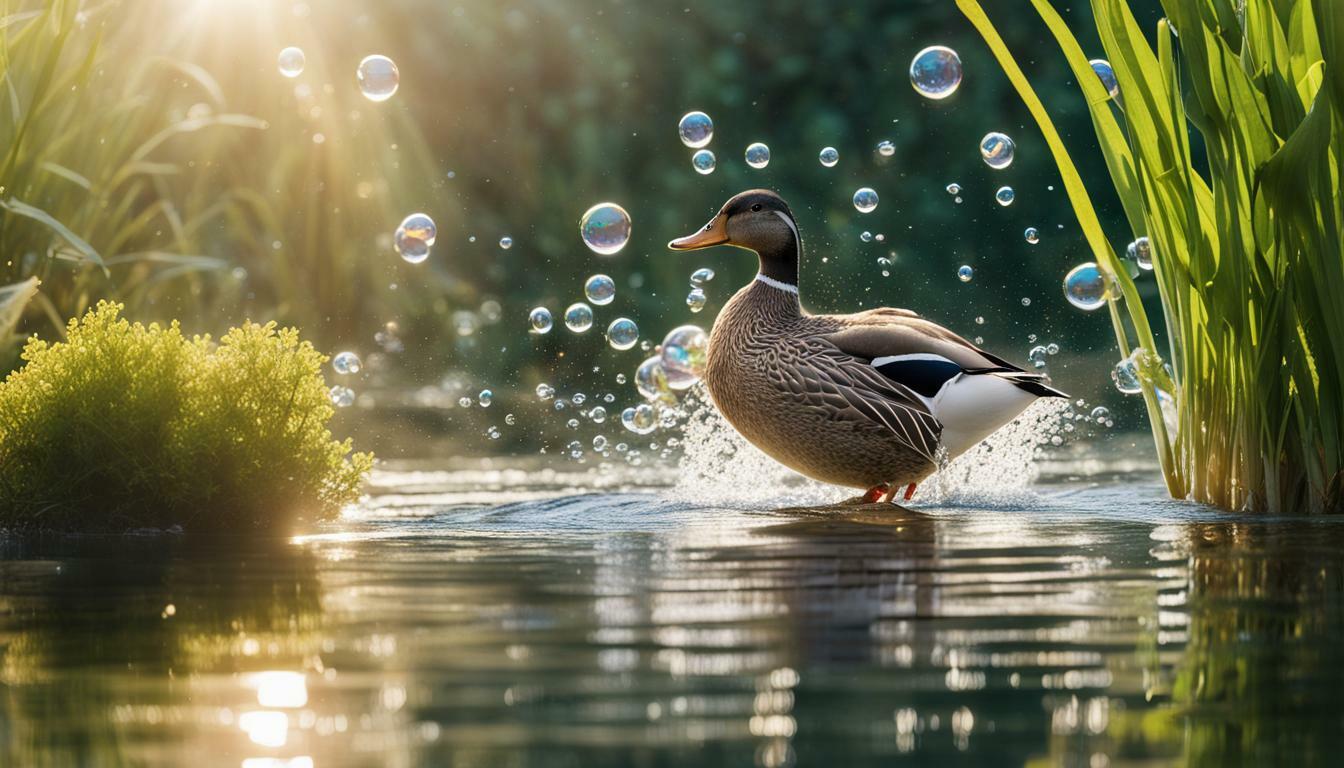Can Ducks Eat Okra and Field Peas?

Table of content:
The questions of whether ducks can eat okra and field peas relate to the diet and nutrition of ducks. Ducks have varied diets depending on their habitat and species. Determining if the vegetables okra and field peas are safe or toxic for ducks to eat is important for duck health.
About Ducks and Their Diets
Ducks are waterfowl birds that inhabit wetlands and waterways. There are around 120 different duck species including domestic ducks.
Ducks are omnivores, meaning they eat both plant and animal matter. Their diets in the wild consist of:
- Insects
- Crustaceans
- Mollusks
- Aquatic plants
- Seeds
- Grains
- Algae
- Small fish
Diet composition varies by habitat. Ducks living on waterways eat more animal protein like fish and insects. Ducks in woodland areas consume more plant matter.
Domestic ducks kept on farms or homesteads have varied diets too. They graze on pasture grasses, weeds, and aquatic plants. Ducks enjoy foraging for slugs, snails, worms, and insects.
Commercial poultry feeds formulated for ducks provide balanced nutrition. This includes vitamins, minerals, protein, carbohydrates, and dietary fat.
Digestion in Ducks
Ducks have different digestive systems than chickens. Their gastrointestinal tract is shorter. Ducks don’t have a crop structure for storage and digestion.
Enzymes in a duck’s saliva begin breaking down food. Their gizzard further digests food mechanically.
Due to their digestive process, ducks have different nutritional needs than chickens. Ducks require niacin, riboflavin, and thiamine in their feed. They also need more protein and less fiber.
About the Vegetables Okra and Field Peas
To determine if ducks can safely eat okra and field peas, it helps to understand what these vegetables are.
What is Okra?
Okra is a flowering vegetable pod in the mallow family.
Identifying qualities of okra:
- Green color
- Distinctive ridge shape
- Gummy texture
Originating in Africa, okra is now grown in warm climates worldwide.
Nutritionally, okra contains:
- Vitamin A
- Vitamin C
- Folate
- Dietary fiber
Okra pods and leaves are edible. Okra can be eaten raw or cooked.
Some animals like cattle and sheep are sensitive to the compounds in okra. The high fiber and oxalic acid can be problematic in large amounts.
What are Field Peas?
Field peas are a type of legume grown for dried seed, especially for livestock feed. They are also called cowpeas or crowder peas.
Common varieties are crowder peas, cream peas, black-eyed peas, purple hull peas, pinkeye peas, and whippoorwill peas.
As a legume, field peas are in the same family as beans, lentils, and peanuts.
Field peas provide:
- Protein
- Dietary fiber
- Micronutrients like iron, zinc, folate
However, field peas contain anti-nutritional factors like phytic acid. This can inhibit mineral absorption.
Soaking, sprouting, or fermenting field peas can increase nutrient bioavailability.
Are Okra and Field Peas Safe for Ducks to Eat?
Both okra and field peas provide nutritional benefits to ducks in moderation. Here is a look at each vegetable:
Can Ducks Eat Okra?
Okra pods are not poisonous or toxic to ducks. Okra can be fed to ducks either raw or cooked.
The vitamin C, dietary fiber, and micronutrients in okra make it a healthy treat. It adds variety to a duck’s diet.
However, very high amounts of okra may cause digestion issues due to its oxalic acid. Monitor ducks when first feeding okra.
Okra plant stems and leaves can also be fed to ducks.
Can Ducks Eat Field Peas?
Field peas are a good source of plant-based protein for ducks. Their amino acid profile complements proteins from animal sources.
As a legume, field peas contain antinutrients like phytic acid. This is not generally an issue in moderation.
Soaking or sprouting field peas can increase nutrient availability. Fermented field peas also provide digestive enzymes.
Introducing New Foods Slowly
When introducing new vegetables, fruits, or grains, go slowly at first.
Give ducks small amounts of new foods alongside their normal diet. Watch for signs of digestive upset or allergies.
Increase portion sizes gradually over 2-3 weeks as the ducks adjust.
Best Diet for Pet or Livestock Ducks
Domestic ducks thrive on a diverse, balanced diet mimicking their natural habitat.
Here are some components of a healthy duck diet:
- Insect protein – Provide live or dried mealworms, crickets, black soldier fly larvae.
- Vegetation – Offer chopped greens, sprouts, vegetable scraps. Rotate offerings.
- Grit – Ducks need grit such as oyster shell to digest fibrous plant matter.
- Clean water – Ducks require fresh water for drinking and bathing daily.
- Balanced feed – Use a commercial duck feed or custom blend.
- Treats – Offer small amounts of fruits, vegetables, seeds or grains as treats.
Free-ranging ducks get exercise and continuous grazing. But confined ducks need scheduled feeding times to prevent overeating.
Conclusion
Okra and field peas can be healthy additions to a duck’s balanced diet in moderation. Introduce new foods slowly while monitoring ducks for any adverse reactions.
Feeding ducks a diverse diet with fresh greens, animal proteins, fruits, seeds, and quality feed will keep them happy and thriving. Monitoring their intake and health is part of responsible duck care.
Welcome. I’m Adreena Shanum, the proud owner of this website, and I am incredibly passionate about animals, especially poultry. I founded adreenapets.com as a labor of love, stemming from my desire to share my knowledge and experiences with poultry enthusiasts worldwide.




